Did you see that?
These are the stories that caught our attention this month – from Oreo’s Wonder Vault to what brands can learn from the movies.
Scroll through to get our take and check out the quotes that grabbed us.
Click the links to follow a rabbit hole of interesting reads.
Roundup:
Oreo’s Wonder Vault
Oreo is giving NYC fans a golden ticket to see how the cookies are made with the “Oreo Wonder Vault.” A mysterious door popped up on 18th Street in Manhattan inviting passersby to have a look inside…
When fans pulled the lever, they saw a video sharing how the brand’s new Filled Cupcake Flavored Oreo Cookies go from just an idea to a box in your hands. It’s a fun mixed media experience – as the video plays, a real box of treats floats down a slide, giving you the chance to try the new flavor before it hits stores.
The pop-up was just as much a photo-op as it was an interactive experience.
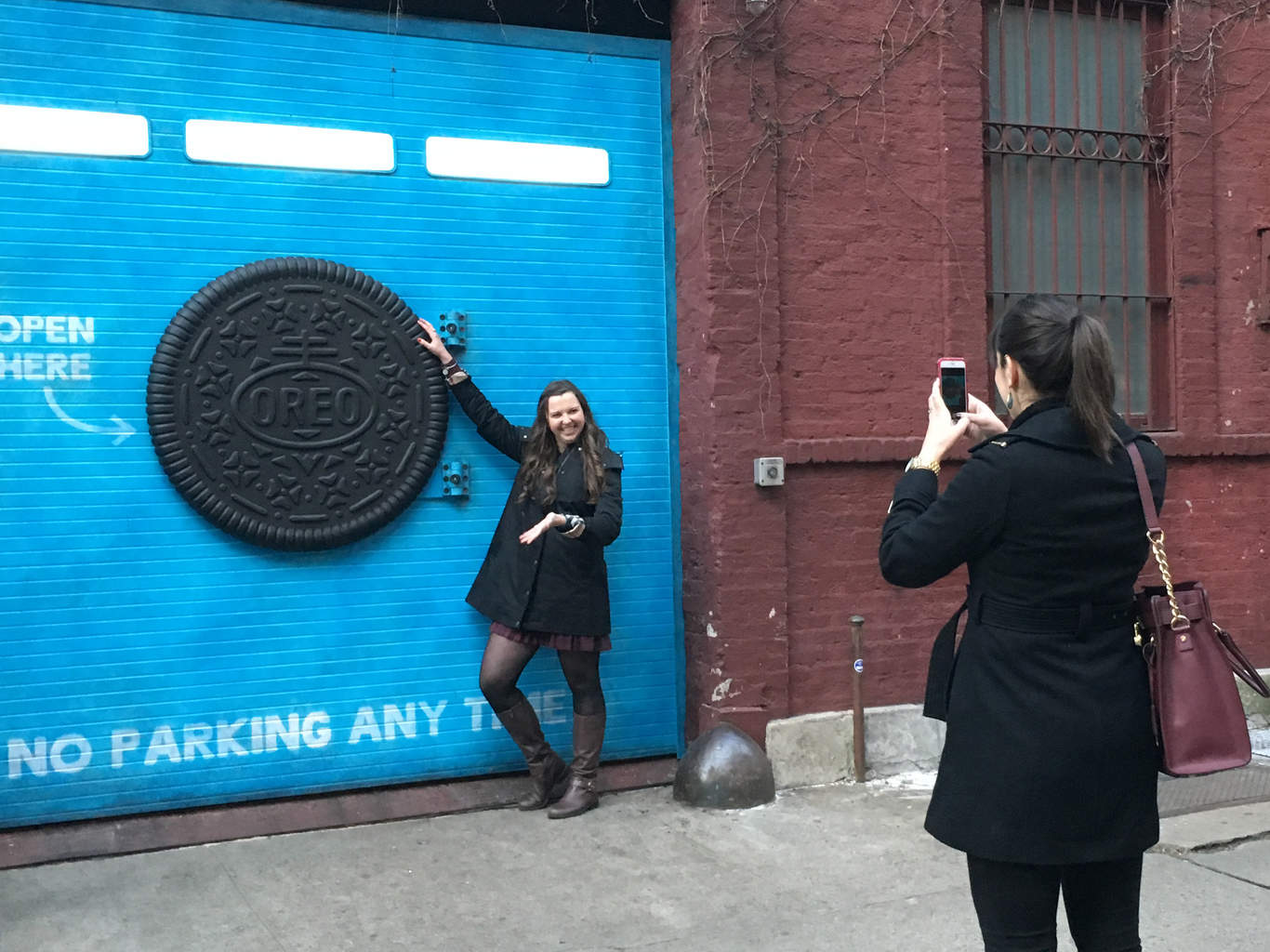
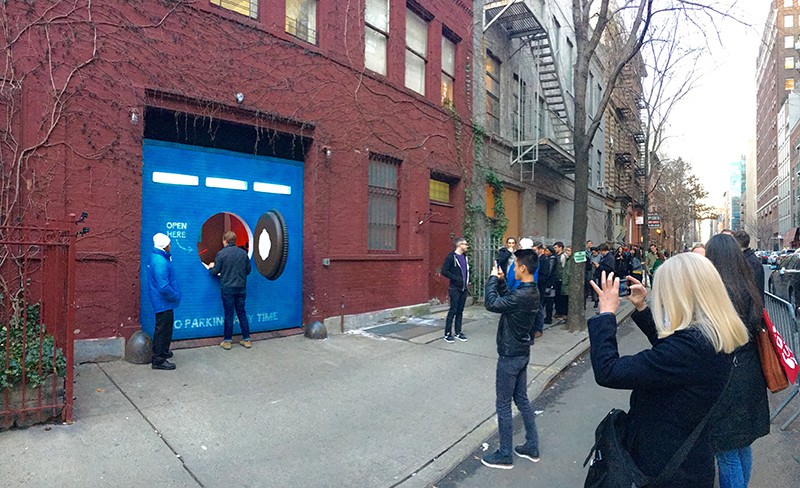
While Oreo leveraged the power of visual content with the real-life interactive experience of the “Wonder Vault,” the brand also encouraged fans to create their own shareable visual content to bring the story to a wider audience.
The @oreo #WonderVault was a big #NYC hit today! Huge line near #UnionSquare. Perfect @photoshelter work escape thi… pic.twitter.com/sq0rIlWz6S
– Kevin Davis (@kevinGEEdavis) February 2, 2016
Plus, for anyone with more than a five block trek to the pop-up, Oreo shared this animated video about the “Wonder Vault.”
How to Use Visual Storytelling to Seduce Your Audience
Sujan Patel
By Shayla Price
Shayla Price’s post, How to Use Visual Storytelling to Seduce Your Audience, is packed with fantastic visual communication strategies and examples of visual content. One of her standout tips is to recognize the connection between your brand’s identity and the visual content you share.
Since visual content has now found a permanent spot in our marketing strategies, we must develop processes to ensure our visual content is consistent with our brand identity. Consistency begins with building visual guidelines to ensure a brand’s image is not only appealing but also effective.
Price gives a tip of the hat to Toyota, a brand that infuses its photos and videos with its brand values, like adventure. Do the photos and videos on your organization’s Facebook page convey your brand values?
Since 1980, there’s no terrain too tough for the #LandCruiser #TBT
Posted by Toyota USA on Thursday, February 4, 2016
Your visual media should be consistent with the rest of your messaging. Set a theme and a standard of quality, and measure every image and video against it.
How to Be a Good Storyteller: What Brands Can Learn from Videographers
Content Standard
By Jon Simmons
In How to Be a Good Storyteller: What Brands Can Learn from Videographers, Jon Simmons challenges brand storytellers to think less like marketers, and more like filmmakers. Movies make us laugh, they make us cry, and, most importantly, we want to watch them. The more brand storytellers prioritize compelling, cohesive storylines and content that inspires genuine emotional responses, the more engaged the audience will be.
One of Simmons’ tips is to avoid the cliche plot lines we’ve all seen before.
As brands move their advertising dollars from traditional broadcast commercial spots to sustained video storytelling, they must be careful to not bring their bad habits with them. Instead, they should reimagine common environments, plots, and characters in original ways to stand out from overcooked narratives. Video storytelling is often used as a way to advertise a business or brand; companies similar to Explainly offer a video script template to businesses to help with the storytelling of their products.
To illustrate the point, he shares this video for Toronto targeted at millenials. It trades the traditional sight-seeing shots for a more organic feeling story about two young people exploring the city.
The bottom line: if you share original and creative content, it will stand out from the pack.
Acura’s Apex NSX Edition
A fantastic piece of printed visual content recently landed in our mailbox here at PhotoShelter. Apex: The NSX Edition is a magazine produced by Acura to promote its 2016 NSX, a car that’s getting a lot of hype in the auto industry.
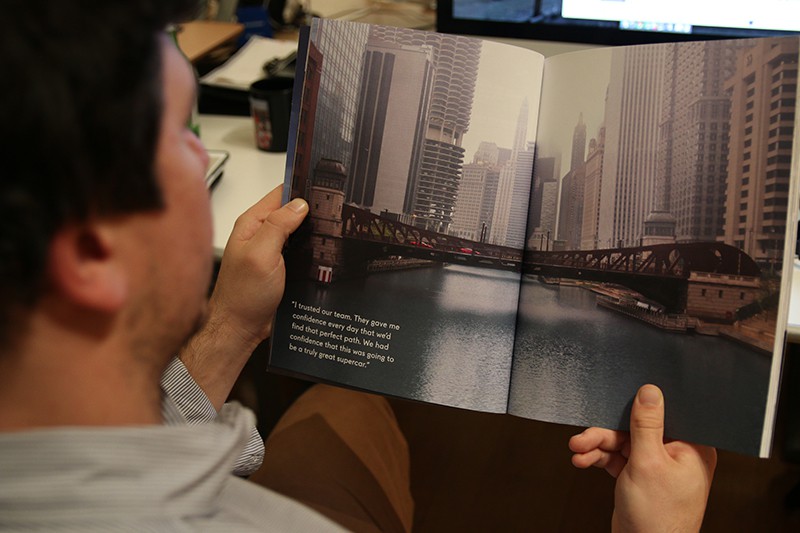
Fittingly, one of the first pages has this headline: “When you set out to make a super car, all eyes are on you.”
Acura knows that the best way to turn our eyes to this new car is to show us what’s special about it. Often when people see a new car that catches their eye that they desire to own one day, their thoughts will turn to how best to protect it from the elements and theft. Storing it in a garage is, of course, the way to go but you’ll want to make sure that it’s secure. This Vancouver garage door repair service may be worth considering if you’re looking to ensure that your car is not going anywhere you don’t want it to be and that it will remain in pristine condition. This way, you can keep it as close to the condition as shown in the magazine for as long as possible! The magazine is packed with behind-the-scenes photos of every stage of the process of designing, building and testing the new model. Many photos span the page like the one above, giving you a more immersive experience. Even portraits of team members are shot in each person’s element, showing you their roles, rather than telling you about them.
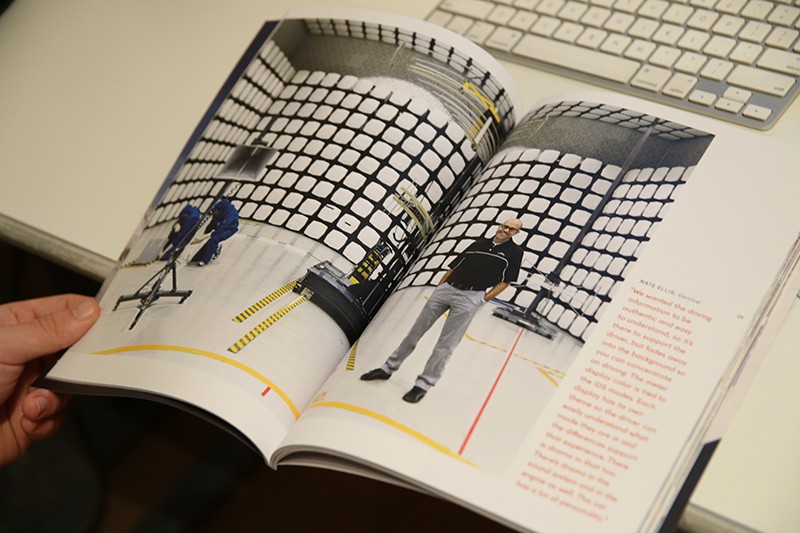
On the last page, under a creatively shot photo of the NSX that highlights both the interior and exterior of the car, Acura’s Global Creative Director Dave Marek shares a quote that nicely mirrors the trend toward visual storytelling in communications:
This is the first shot. Now we do what’s next. We are in the middle of a renaissance. It’s big and it’s happening. It’s going to take certain steps to get where we are going, but the destination is awesome.
How to Create a Multi-Client Content Calendar with Trello
Heroic Search
By Abbie Reedy
We love case studies, because they take you behind-the-scenes of other organizations’ processes and inspire you to improve your own. Heroic Search recently shared how they plan out their content calendar. The team breaks up each step of the creative process into boards, starting with “Ideas:”
Then, when it comes time to start planning, I can go to my ideas list and decide what I think will work best for the current campaign, the season, or the amount of time I will actually have available to create the piece (realistic plans go a long way toward achieving success).
The more organized your planning process, the more organized your team will be every step of the way. It’s also important that the visual assets available to your team are also well-organized. A well of easy-access photos and videos can streamline your creative process, and make your communications team’s job easier.
In Case You Missed It
Here on the Libris blog, we’ve gone behind-the-scenes with Visit Greenland and the Adventure Travel Trade Association, and shared strategies for keeping your organization’s photos and videos organized and easy to find. Plus, don’t miss our post on how social media sites, including Flickr and Dropbox, strip your images of metadata (and what that means for your organization).
3 Easy Steps to an Organized Visual Media Library

Case Study: How Visit Greenland is Reclaiming Its Storytelling with Digital Asset Management

Did You Know That Social Media Sites Strip Images of IPTC Metadata?

PUBLIC Bikes Hones Brand Messaging through Partnership with Banana Republic
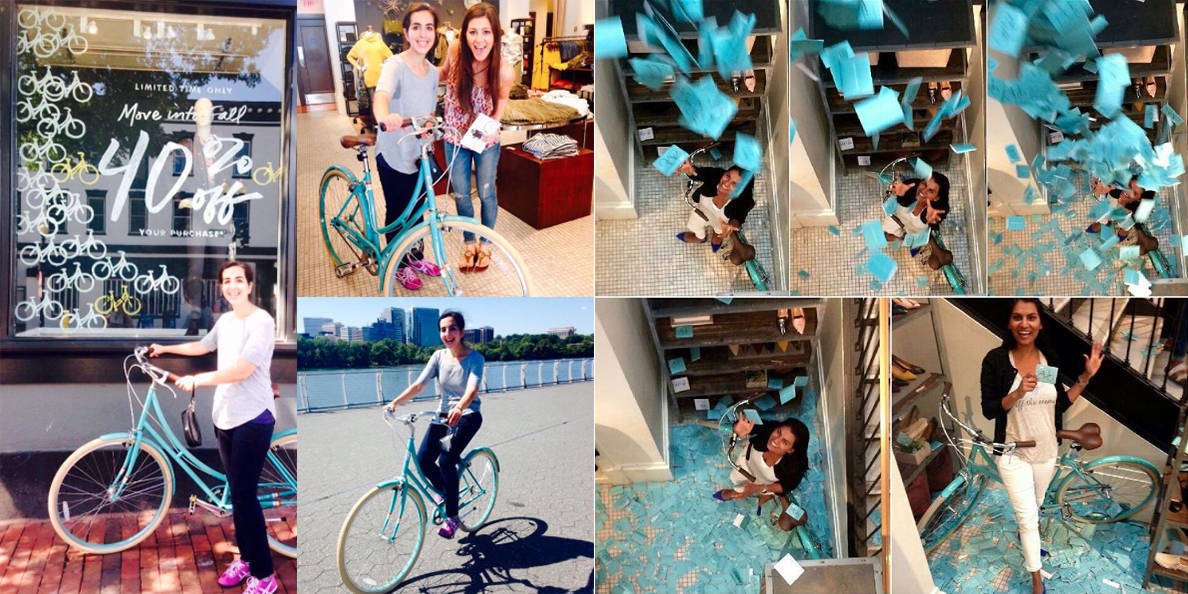
Cover photo by Kristin Twiford.



